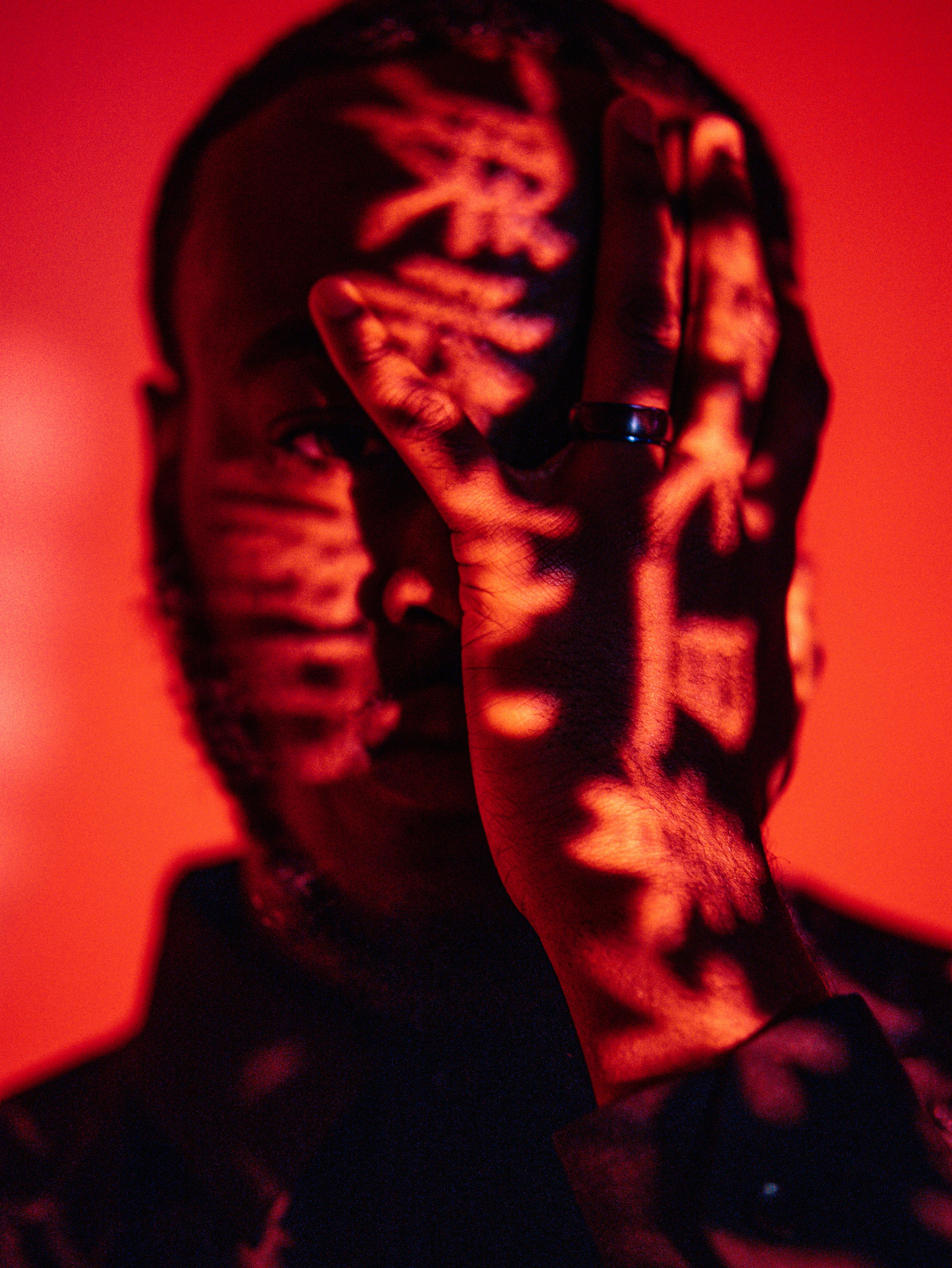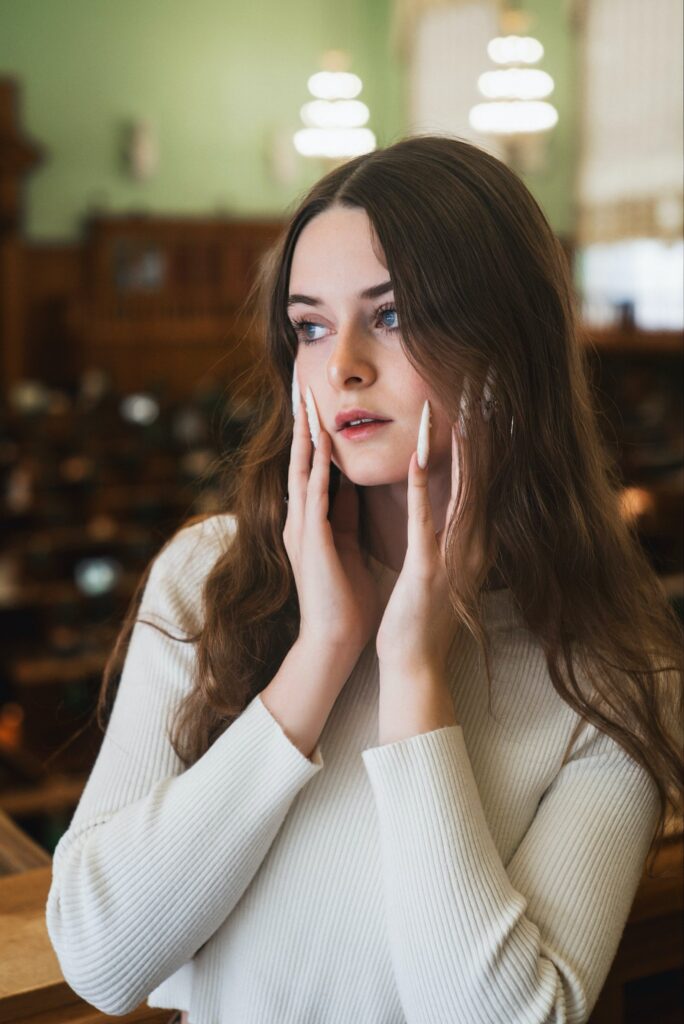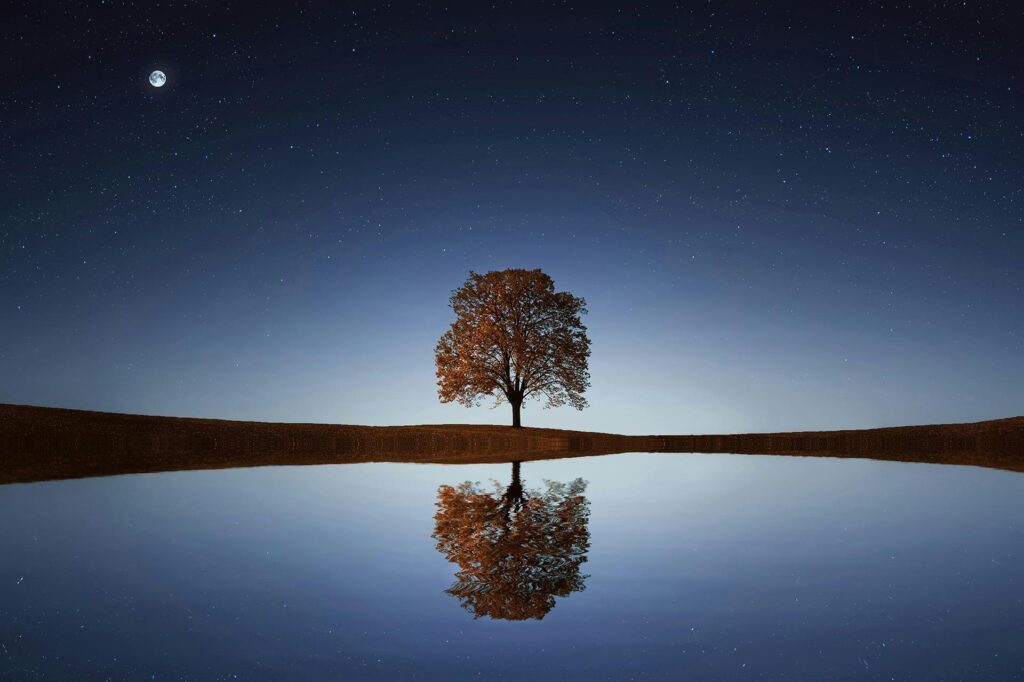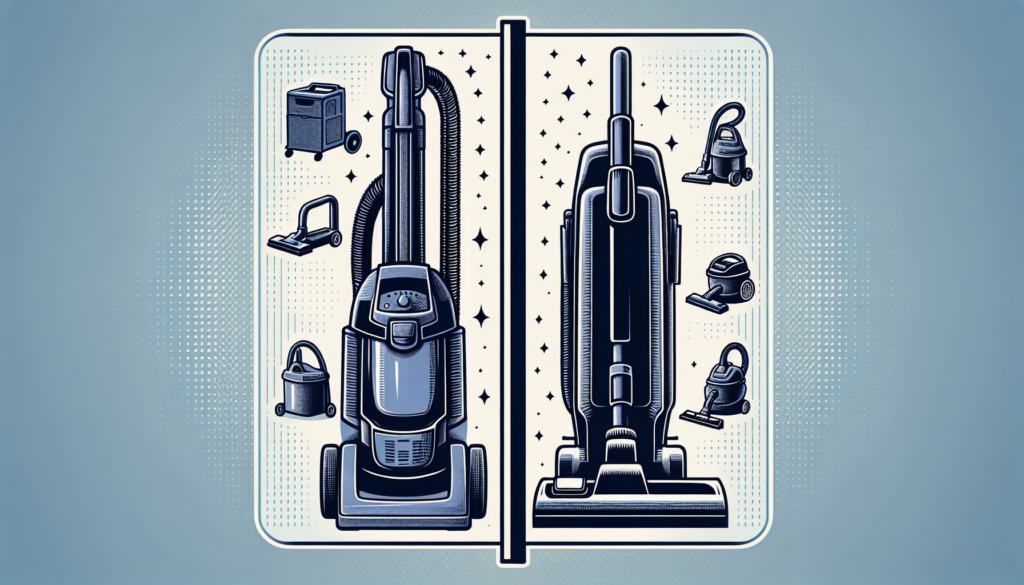Welcome to “The Ultimate Guide To Buying Outdoor Lighting,” your go-to resource for all things related to outdoor lighting. Whether you’re looking to enhance the security of your home, create a cozy ambiance in your backyard, or simply add a touch of style to your outdoor space, this guide has got you covered. We understand how overwhelming it can be to choose the right outdoor lighting options, which is why we’ve compiled expert buying guides, comprehensive product insights, and valuable tips to help you make confident purchase decisions. At BuySellCloud.com, we are committed to providing you with the most reliable and informed shopping experience. So, let’s illuminate your outdoor world and find the perfect lighting solutions together!

Types of Outdoor Lighting
Floodlights
Floodlights are a popular choice for outdoor lighting as they provide a broad and intense light source that illuminates large areas. They are commonly used to illuminate driveways, parking lots, and gardens. Floodlights have a wide beam angle and can be adjusted to focus on specific areas. They are available in a variety of styles, including motion-activated floodlights that provide an added layer of security.
Pathway Lights
Pathway lights are designed to illuminate walkways, driveways, and garden paths. They are typically low-height fixtures that are installed along the edges of the pathway. Pathway lights come in various styles and designs, such as stake lights, bollard lights, and lanterns. They not only improve visibility and safety but also add a decorative element to the outdoor space.
String Lights
String lights, also known as fairy lights, are a versatile and decorative option for outdoor lighting. They consist of a string of small bulbs that are connected together and hung or draped across outdoor spaces. String lights create a cozy and inviting atmosphere and are often used for outdoor parties, weddings, or simply to add a touch of ambiance to the patio or backyard.
Wall Lights
Wall lights, also known as sconces, are fixtures that are mounted on vertical surfaces, such as walls or fences. They provide both functional and decorative lighting and can be used to illuminate entryways, patios, or outdoor seating areas. Wall lights come in various styles and designs, from traditional lanterns to modern and sleek fixtures.
Deck and Step Lights
Deck and step lights are specifically designed to illuminate outdoor staircases, decks, and patios. They are typically low-profile fixtures that are installed flush with the surface or recessed into the stairs or deck. Deck and step lights provide safety by illuminating the steps and can also add a visually appealing element to the outdoor space.
Spotlights
Spotlights are focused, directional lights that are used to highlight specific features in the outdoor area, such as trees, sculptures, or architectural details. They are versatile and can be adjusted to create different lighting effects. Spotlights are often used in landscaping to add drama and visual interest to the outdoor space.
Solar Lights
Solar lights are an energy-efficient and environmentally-friendly option for outdoor lighting. They are powered by sunlight and do not require any wiring or electricity. Solar lights come in various forms, including path lights, spotlights, and string lights. They are easy to install and can be placed anywhere that receives direct sunlight during the day.
Security Lights
Security lights are designed to deter intruders and provide safety and peace of mind. They are typically high-lumen floodlights or motion-activated lights that illuminate large areas. Security lights can be installed around the perimeter of the property, near entry points, or in dark alleys. They often come equipped with features such as motion sensors and timers for added convenience.
Landscape Lights
Landscape lights are used to highlight and enhance the natural features of the outdoor space, such as trees, plants, and water features. They are typically low-height fixtures that provide gentle and diffused lighting. Landscape lights come in various forms, including spotlights, well lights, and path lights. They create a warm and inviting ambiance and can transform the outdoor space into a nighttime oasis.
Porch Lights
Porch lights are fixtures that are specifically designed for the front entrance of the house. They provide functional lighting for the porch area and also enhance the curb appeal of the home. Porch lights come in various styles, including wall-mounted fixtures, hanging lanterns, and ceiling-mounted lights. They are available in different finishes and designs to complement the architectural style of the house.
Considerations for Outdoor Lighting
Functionality
Before choosing outdoor lighting, consider the intended function of the lights. Do you need lighting for safety and security? Are you looking to create a cozy and inviting ambiance? Understanding the purpose of the lighting will help you determine the type and placement of the fixtures.
Energy Efficiency
Energy efficiency is an important consideration when selecting outdoor lighting. Look for fixtures that are equipped with LED or CFL bulbs, as these are more energy-efficient compared to traditional incandescent bulbs. Solar-powered lights are also a great energy-efficient option.
Brightness and Light Temperature
Consider the desired level of brightness and the light temperature of the outdoor lighting. Brightness is measured in terms of lumens, with higher lumens indicating a brighter light output. Light temperature refers to the color of the light, with warmer temperatures (yellowish) creating a cozy atmosphere and cooler temperatures (bluish) providing a more vibrant and alert ambiance.
Weather Resistance
Outdoor lighting fixtures should be able to withstand the elements. Look for fixtures that are designed to be weatherproof and resistant to rain, wind, and UV rays. Materials such as aluminum and stainless steel are commonly used for outdoor lighting as they are durable and resistant to rust and corrosion.
Installation
Consider the ease of installation when choosing outdoor lighting. Some fixtures may require professional installation, while others can be easily installed as a DIY project. Make sure to follow the manufacturer’s instructions and consider any wiring or electrical requirements before installation.
Power Source
Outdoor lighting can be powered by electricity, batteries, or solar energy. Determine the most convenient power source for your outdoor space. For areas with access to electricity, hardwired fixtures may be the best option. Battery-powered lights offer flexibility in terms of placement, while solar-powered lights require no electricity and are environmentally-friendly.
Maintenance
Consider the maintenance requirements of the outdoor lighting fixtures. Some fixtures may require regular cleaning and bulb replacement, while others are maintenance-free. Choose fixtures that are easy to clean and maintain to ensure the longevity of the lights.
Style and Design
Outdoor lighting is not only functional but also adds to the aesthetic appeal of the outdoor space. Consider the style and design of the fixtures and choose ones that complement the overall design of your outdoor area. Whether you prefer traditional, modern, or rustic styles, there is a wide range of options available to suit your personal taste.
Budget
Set a budget for your outdoor lighting project and consider fixtures that fall within your price range. Outdoor lighting comes in a wide range of price points, so it’s important to determine what you are willing to spend before making a purchase.
Longevity
Consider the lifespan of the outdoor lighting fixtures. LED bulbs, for example, have a longer lifespan compared to incandescent or halogen bulbs. Look for fixtures that come with a warranty to ensure their longevity and performance.

Determining Lighting Needs
Assessing the Outdoor Space
Before selecting outdoor lighting, assess the size and layout of the outdoor space. Take note of any existing structures, landscaping features, or areas that require lighting.
Identifying Key Areas
Identify the key areas that require lighting in your outdoor space. This could include pathways, seating areas, entryways, or specific architectural or landscaping features.
Understanding Lighting Goals
Consider the goals and objectives of your outdoor lighting project. Do you want to create a welcoming atmosphere? Improve safety and security? Enhance architectural features? Understanding your lighting goals will help you make informed decisions when selecting fixtures and determining placement.
Considering Safety and Security
Safety and security should be a top priority when designing outdoor lighting. Consider areas that may require extra lighting for safe navigation, such as stairs or uneven surfaces. Determine if additional security lighting is needed to illuminate potential entry points or dark areas around the property.
Choosing the Right Bulbs
Incandescent Bulbs
Incandescent bulbs are the traditional choice for outdoor lighting. They produce a warm and soft light but are not as energy-efficient compared to other types of bulbs. Incandescent bulbs have a shorter lifespan and higher energy consumption.
Halogen Bulbs
Halogen bulbs are an improved version of incandescent bulbs, offering better energy efficiency and a longer lifespan. They produce a bright and white light that is similar to natural daylight. Halogen bulbs are commonly used for floodlights and spotlights.
LED Bulbs
LED bulbs are highly energy-efficient and have a long lifespan. They produce a bright and focused light and are available in a variety of color temperatures. LED bulbs are the preferred choice for outdoor lighting due to their low energy consumption and durability.
CFL Bulbs
Compact fluorescent (CFL) bulbs are another energy-efficient option for outdoor lighting. They produce a white or neutral light and have a longer lifespan compared to incandescent bulbs. CFL bulbs require a short warm-up time but are not as durable as LED bulbs.
Color Temperature
Color temperature refers to the appearance of the light emitted by the bulb. It is measured in Kelvin (K). Lower Kelvin values (around 2700K) produce a warm and yellowish light, similar to traditional incandescent bulbs. Higher Kelvin values (around 5000K) produce a cooler and bluish light, similar to daylight.
Lumens and Wattage
Lumens measure the brightness of a bulb, while wattage measures the energy consumption. When selecting outdoor lighting bulbs, consider both lumens and wattage to ensure that you have the desired level of brightness while minimizing energy consumption. LED bulbs provide high lumens output with lower wattage, making them the most energy-efficient option.

Factors to Consider when Selecting Fixtures
Material
The material of the outdoor lighting fixtures is important for durability and weather resistance. Common materials include aluminum, stainless steel, and copper. Aluminum is lightweight and resistant to rust and corrosion. Stainless steel is durable and low-maintenance. Copper is known for its unique patina but requires regular cleaning and maintenance.
Finish
The finish of the outdoor lighting fixtures can enhance the overall look and style of the outdoor space. Finishes can range from matte black or bronze for a traditional look to brushed nickel or chrome for a more modern aesthetic. Choose a finish that complements the existing design elements in your outdoor area.
Size and Placement
Consider the size and placement of the outdoor lighting fixtures to ensure proper illumination and visual appeal. Larger fixtures may be suitable for open areas, while smaller fixtures may be more appropriate for pathways or entryways. Proper placement ensures that the light is directed where it is needed while avoiding glare or light pollution.
Lighting Controls
Consider the type of lighting controls that are available for the outdoor fixtures. Some fixtures may come with integrated controls, such as motion sensors or dimmers, while others may require additional accessories for control. Lighting controls allow for customization and flexibility in adjusting the lighting levels based on the time of day or specific needs.
IP Rating
The IP rating, or Ingress Protection rating, indicates the level of protection against solids and liquids. Outdoor lighting fixtures should have a high IP rating to withstand exposure to dust, water, and other elements. Look for fixtures with an IP65 rating or higher for optimal weather resistance.
Warranty
Check the warranty provided by the manufacturer for the outdoor lighting fixtures. A longer warranty period signifies the manufacturer’s confidence in the quality and durability of the product. A warranty provides peace of mind and ensures that any issues with the fixtures can be addressed without additional cost.
Understanding Lighting Zones
Zone 0 – Inside Water
Zone 0 refers to the area inside bodies of water, such as swimming pools or fountains. Lighting fixtures installed in Zone 0 must be specifically designed for underwater use and have a high IP rating to ensure safety and performance.
Zone 1 – Above Water
Zone 1 refers to the area immediately surrounding bodies of water, up to a certain height. Lighting fixtures installed in Zone 1 should be waterproof and have a high IP rating. They must be designed to handle splashes and humidity.
Zone 2 – Around Water
Zone 2 refers to the area near bodies of water where contact with water is less likely, but exposure to splashes or dampness may still occur. Lighting fixtures installed in Zone 2 should have a high IP rating and be designed to withstand moisture and humidity.
Zone 3 – Far Away from Water
Zone 3 refers to areas that are far away from bodies of water and are not directly exposed to water or moisture. Lighting fixtures installed in Zone 3 should still have a degree of weather resistance and be able to withstand rain and humidity.
Installation and Placement Tips
Electrical Requirements
Before installing outdoor lighting, determine the electrical requirements for the fixtures. Ensure that the electrical system can support the additional load and consider any wiring or circuitry modifications that may be needed. If unsure, consult a licensed electrician for proper installation.
Professional vs. DIY Installation
Consider whether you want to install the outdoor lighting fixtures yourself or hire a professional. Simple fixtures, such as solar-powered lights or stake lights, can often be installed as a DIY project. More complex installations, such as hardwired fixtures or lighting systems, may require professional expertise.
Height and Angle
Proper height and angle of the outdoor lighting fixtures are crucial for effective illumination and visual appeal. Consider the height of the fixtures to ensure that the light is evenly distributed while avoiding glare or light pollution. Angling the fixtures can highlight specific features or create dramatic lighting effects.
Avoiding Light Pollution
Light pollution refers to excessive or misdirected artificial light that creates a negative impact on the environment or human health. To avoid light pollution, aim the fixtures downward and use shielded bulbs or fixtures that direct the light only where it is needed. Proper placement and use of timers or motion sensors can also help minimize light pollution.
Consideration of Shadows
When installing outdoor lighting, consider the potential shadows that may be cast. Shadows can create depth and visual interest, but excessive or unflattering shadows should be avoided. Experiment with different angles and placements to find the optimal balance of light and shadows.
Avoiding Glare
Glare occurs when a light source is too bright or positioned in a way that it causes discomfort or impairs vision. To avoid glare, choose fixtures with proper shielding or diffusers that reduce glare. Proper placement and angling of the fixtures can also help minimize glare.
Different Styles and Designs
Traditional
Traditional outdoor lighting fixtures are characterized by classic and timeless designs. They often feature lantern-inspired shapes, intricate patterns, and decorative details. Traditional styles can include wall lights, post lights, and hanging lanterns. They are well-suited for homes with a traditional or historical architectural style.
Modern
Modern outdoor lighting fixtures have sleek and clean designs with minimalist aesthetics. They often feature geometric shapes, sharp lines, and neutral colors. Modern styles can include wall lights, path lights, and spotlights. They are well-suited for contemporary and modern architectural styles.
Contemporary
Contemporary outdoor lighting fixtures combine elements of modern and traditional designs. They often feature clean lines, unique shapes, and a mix of materials. Contemporary styles can include wall lights, pendant lights, and ground lights. They are versatile and can complement various architectural styles.
Rustic
Rustic outdoor lighting fixtures have a natural and rugged appearance, often inspired by cabins or country homes. They often feature wood, metal, or industrial materials. Rustic styles can include wall lanterns, hanging lanterns, and post lights. They add a cozy and rustic charm to the outdoor space.
Industrial
Industrial outdoor lighting fixtures draw inspiration from factories and warehouses. They often feature metal construction, exposed bulbs, and utilitarian designs. Industrial styles can include wall lights, pendant lights, and post lights. They add a bold and industrial aesthetic to the outdoor space.
Nautical
Nautical outdoor lighting fixtures are inspired by seaside and coastal aesthetics. They often feature maritime elements, such as ropes, anchors, or ship wheels. Nautical styles can include wall lights, hanging lanterns, and post lights. They add a touch of maritime charm to the outdoor space.
Vintage
Vintage outdoor lighting fixtures have a nostalgic and retro appeal. They often feature ornate details, antique finishes, and vintage-inspired designs. Vintage styles can include wall lights, hanging lanterns, and post lights. They add a vintage and romantic ambiance to the outdoor space.
Minimalist
Minimalist outdoor lighting fixtures have clean lines, simple shapes, and a focus on functionality. They often feature neutral colors and sleek designs. Minimalist styles can include wall lights, path lights, and spotlights. They create a sleek and modern look in the outdoor space.
Transitional
Transitional outdoor lighting fixtures blend elements of traditional and contemporary designs. They often feature a mix of materials, neutral colors, and versatile styles. Transitional styles can include wall lights, pendant lights, and post lights. They are adaptable and can complement various architectural styles.
Eclectic
Eclectic outdoor lighting fixtures have a mix of styles, colors, and materials. They are characterized by their unique and personal flair. Eclectic styles can include wall lights, pendant lights, and ground lights. They allow for creative expression and can add a playful touch to the outdoor space.
Outdoor Lighting Tips and Tricks
Layering Lighting
Consider layering different types of outdoor lighting to create a visually appealing and functional space. Use a combination of ambient, task, and accent lighting to provide different levels of illumination and create depth and dimension.
Accent Lighting
Use accent lighting to highlight specific features or focal points in the outdoor space. This can include architectural details, sculptures, trees, or plants. Accent lighting adds visual interest and draws attention to the unique elements of the outdoor area.
Creating Ambiance
Outdoor lighting can create a warm and inviting ambiance. Use soft and diffused lighting to create a cozy atmosphere in seating areas or to define outdoor rooms. Consider string lights or lanterns to add a magical and romantic touch to the space.
Highlighting Architectural Features
Outdoor lighting can enhance the architectural features of the home. Use wall lights or uplights to highlight textured walls, columns, or archways. This adds a sophisticated and elegant look to the outdoor space.
Considering Light Pollution
To minimize light pollution, aim the fixtures downwards and use shielded bulbs or fixtures that direct the light only where it is needed. Consider using timers or motion sensors to control the lighting and reduce unnecessary light output.
Adding Lighting Effects
Experiment with different lighting effects to create a captivating outdoor space. Use colored bulbs, lenses, or filters to create a whimsical or dramatic effect. Consider using dappled or patterned light for a unique and artistic look.
Maintaining Outdoor Lighting
Regular Cleaning
Outdoor lighting fixtures should be regularly cleaned to remove dirt, dust, and debris. Use a soft cloth or sponge and mild detergent to clean the fixtures. Avoid using abrasive cleaners or harsh chemicals, as they can damage the finish.
Replacing Bulbs
Regularly check and replace any burnt out bulbs in the outdoor lighting fixtures. Follow the manufacturer’s instructions for bulb replacement, and ensure that the new bulbs have the same specifications as the original ones.
Inspecting Fixtures
Periodically inspect the outdoor lighting fixtures for any signs of damage, corrosion, or wear. Check for loose connections, cracked lenses, or damaged wires. Address any issues promptly to ensure the safety and performance of the fixtures.
Repairing and Replacing
If any outdoor lighting fixtures are damaged beyond repair, consider replacing them with new fixtures. Consult a professional if the damage is significant or if the electrical components need to be replaced. Regular maintenance and upkeep will ensure that the outdoor lighting continues to function properly and enhance the outdoor space for years to come.




